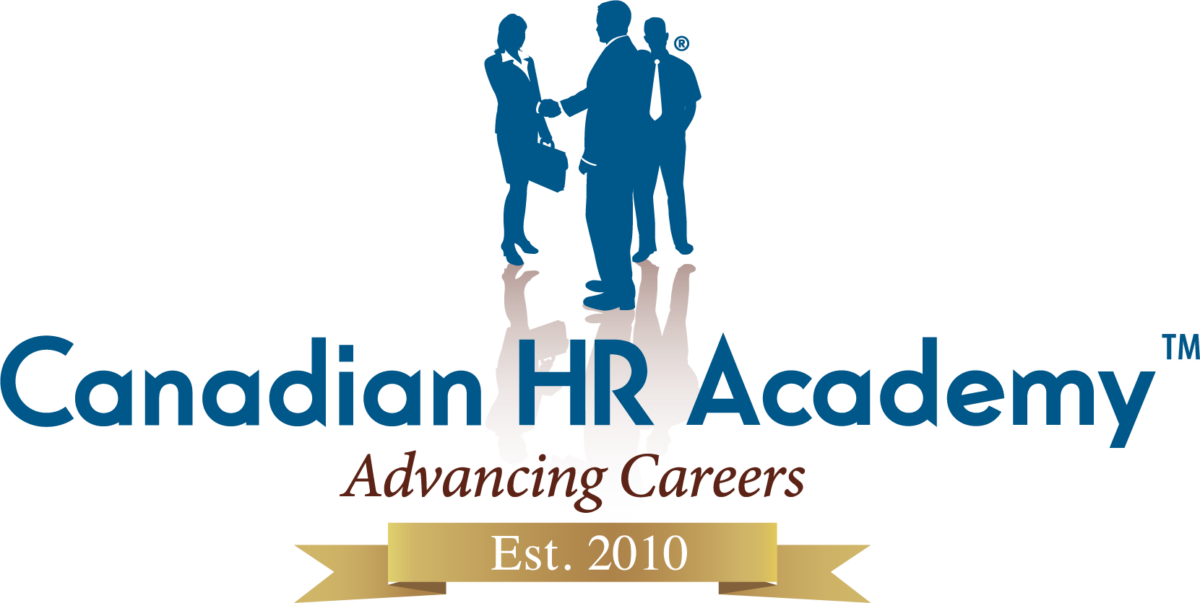
The question is — will a star performer who is hired from the competition continue to be a star with their new employer?
Acquiring “high-performance talent” is a core objective for hiring managers everywhere. Research is clear on the benefits of high performing workers — they contribute to profitability and they are a key source of competitive advantage.
But activating star performance is not as simple as it may seem. How can leaders increase the odds that stars will continue to perform well when they begin their new job?
Research has borne out that the portability of Talent is complex and that, in fact, Talent may not be as portable as stars, and the companies that woo them, may think. Two key variables for determining success with regard to the porting of Talent are (i) the culture of the new organization, and (ii) the capability-mix of the individual in whom the company has an interest.
As we reflect on our careers many of us can think of top Talent who were hired away from industry-leading organizations only to fail in their new role.
Prior to making recruitment and selection decisions, particularly executive-level ones, leaders need to think strategically about key elements of their company’s culture and the associated likelihood of successful outcomes when top external high-performers are brought on board. Similarly, top-performing professionals who are thinking of accepting roles with new employers should take the time to gain information about how work gets done within these workplaces and use it to assess the likelihood of their success when they navigate that change.
In the early 1960s economist Gary Becker identified two types of Human Capital capabilities: general, which have potential value to more than one employer, and company-specific, which are useful to a single employer only.
General Human Capital capabilities raise portability and company-specific ones erode it. Human Capital capabilities ordered from most to least portable are General Management (skills, knowledge and traits required to lead entire organizations, units or divisions), Strategic (specific experience in cost cutting, driving growth, rightsizing, and so on), Industry-Specific (skills and training useful in one industry but not in others), Relationship (interpersonal relationships within a company), and Company-Specific (knowledge of an organization’s routines and procedures).
To assess portability of a candidate for success in a particular role, company leaders are best to gain clarity on the following questions:
- Does the role rely extensively on teamwork?
- To what degree will the candidate require sponsorship or buy-in from colleagues in order to be effective?
- To what degree will the person be engaged in knowledge-sharing?
- To what degree does the role require that the person be reliant complementary functions or departments?
- Is the role primarily engaged in external relationships with customers, suppliers, partners, or others?
- Does much of the value of the role come from unique capabilities, team building, an understanding of workplace culture or other intangible qualities?
The insights gained from answers to the above questions can be used to determine what proportion of the star’s capability-mix is generic and what proportion is company-specific. Candidates with more generic leadership capabilities will be better able to port their Talent across from one organization to another, unlike those with more company-specific capabilities. However, if the company with that new job is very similar, in terms of organizational culture, to the one that the candidate is about to leave, then porting their Talent has a higher likelihood of success.
The Canadian HR Academy Team
